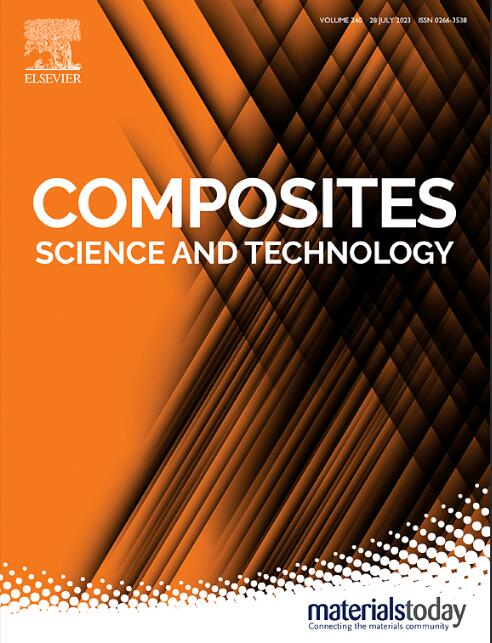Deep learning-based analysis of damage mechanisms in 3D angle-interlock woven composites under variable impact conditions
IF 8.3
1区 材料科学
Q1 MATERIALS SCIENCE, COMPOSITES
引用次数: 0
Abstract
This study presents an innovative method to improve deep learning segmentation of warp and weft yarns in composites, overcoming the shortcomings of existing deep learning techniques in accurately defining yarns. The method entails threshold screening of yarn area and aspect ratio, combined with morphological opening operations and an improved watershed algorithm to enhance the segmentation map’s accuracy. The findings indicate significant improvements in both continuity and accuracy. An examination of failure modes across various impact energy levels indicates that weft yarns mainly absorb energy and support loads; however, weak interfacial adhesion between yarns and resin leads to debonding, which is the main failure mode. At increased impact energies, cracks develop within the composite components rather than at interfaces. This implies that improving the interfacial bond between yarns and resin could strengthen impact resistance. Based on these observations, the study suggests utilizing resin with superior bonding characteristics to enhance the material’s impact resistance and longevity.
基于深度学习的三维角互锁编织复合材料变冲击损伤机理分析
本研究提出了一种创新的方法来改进复合材料中经纱和纬纱的深度学习分割,克服了现有深度学习技术在准确定义纱线方面的不足。该方法对纱线面积和纵横比进行阈值筛选,结合形态学开放操作和改进的分水岭算法提高分割图的精度。研究结果表明,连续性和准确性都有显著提高。对不同冲击能级的破坏模式进行了分析,结果表明纬纱主要吸收能量和支撑载荷;然而,纱线与树脂之间的界面附着力较弱,导致脱粘,这是主要的失效方式。当冲击能量增加时,裂纹在复合材料部件内部而不是在界面处发展。这表明,改善纱线与树脂之间的界面结合可以增强抗冲击性。基于这些观察结果,该研究建议使用具有优越粘合特性的树脂来提高材料的抗冲击性和使用寿命。
本文章由计算机程序翻译,如有差异,请以英文原文为准。
求助全文
约1分钟内获得全文
求助全文
来源期刊

Composites Science and Technology
工程技术-材料科学:复合
CiteScore
16.20
自引率
9.90%
发文量
611
审稿时长
33 days
期刊介绍:
Composites Science and Technology publishes refereed original articles on the fundamental and applied science of engineering composites. The focus of this journal is on polymeric matrix composites with reinforcements/fillers ranging from nano- to macro-scale. CSTE encourages manuscripts reporting unique, innovative contributions to the physics, chemistry, materials science and applied mechanics aspects of advanced composites.
Besides traditional fiber reinforced composites, novel composites with significant potential for engineering applications are encouraged.
 求助内容:
求助内容: 应助结果提醒方式:
应助结果提醒方式:


